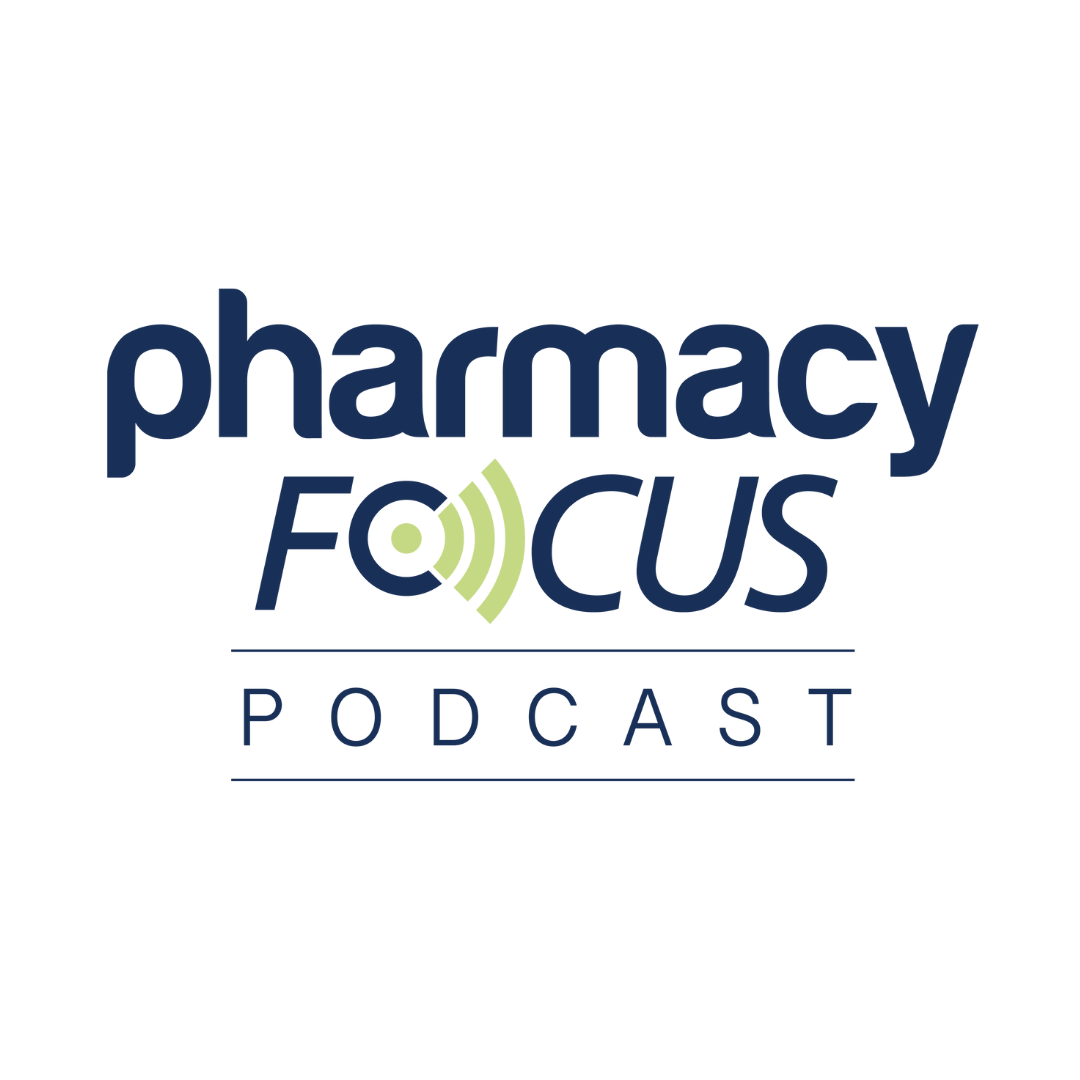Commentary
Video
AAN 2025: Enhanced Care, Economic Value Tied to Specialty Pharmacist Integration in Neurology Clinics
Kayla Johnson, PharmD, BCPS, BCPP, highlights how integrating pharmacists into neurology clinics drives significant cost savings, high intervention acceptance rates, and improved care coordination.
In an interview with Pharmacy Times®, Kayla Johnson, PharmD, BCPS, BCPP, clinical pharmacist specialist at Vanderbilt University Medical Center, discussed the economic and operational benefits of embedding specialty pharmacists into outpatient neurology clinics. These insights were garnered in part from the abstract "The Impact of an Integrated Outpatient Specialty Neurology Pharmacist in a Non-MS Clinical Setting," which was presented during a poster session at the American Academy of Neurology 2025 Annual Meeting in San Diego, California.
Johnson attributes the 98% prescriber recommendation acceptance rate found in her retrospective trial to strong provider-pharmacist relationships and meaningful patient engagement. Johnson advises health systems to prioritize areas with high patient volumes and workflow challenges when considering pharmacist integration. Additionally, she stresses the need for pharmacists to proactively network, learn from peers in niche fields, and contribute to a team-based approach that improves patient and provider outcomes alike.
Pharmacy Times: Can you discuss the economic implications of integrating pharmacists into neurology clinics, particularly concerning intervention outcomes and resource utilization?
Kayla Johnson, PharmD, BCPS, BCPP: One of our interventions was looking at cost avoidance of these recommendations that we were making, and over this 3-month period, we did see, using the average wholesale price minus 20%, a cost avoidance of almost $190,000 by pharmacists. Unfortunately, this cost avoidance does not go back into the health system, and so it doesn't give health systems incentive to employ pharmacists in these settings. That cost savings was really seen by the prescription payers, who are benefiting from our services. We would expect for that direct cost to grow over a fiscal year, so it could definitely be a way to get your foot in the door and show the benefit of pharmacists in these clinic areas. It shows that payers are not spending all of this money on a prescription therapy that patients may not be adherent to, and that's why they're not getting benefit; we're stopping these medications in between office visits and not allowing patients to continue to take medications that are having intolerable adverse effects or not having any benefit on their health concerns.
Pharmacy Times: What strategies did pharmacists employ to achieve the high prescriber recommendation acceptance rate reported in the study?
Johnson: Not to brag, but we have really good relationships with our providers, and so I think it is important to really establish yourself in the clinic and help network with your providers so that they are seeing mutual benefit from your presence. They're really, really open to taking your recommendations or taking your concerns into account. It's also important to establish trust and rapport with your patient population as well. [That means] not just seeing them as a task that you need to check off a list but really trying to get some personal connections on that so that they are comfortable reaching out to you to help solve any medication-related issues that they are having. This is especially important when you are talking about these high-cost therapies and when you're in clinic settings where patients are not seen on a very frequent basis. That way, their concerns are being addressed in between visits, and you're not having to wait again 3 to 6 months before something can be addressed.
Pharmacy Times: What recommendations would you offer to health care systems considering the integration of specialty pharmacists into outpatient neurology settings? How can pharmacists best prepare to take on these roles effectively?
Johnson: I think for health systems, the biggest point would be to identify your area of need. You're not going to start with an area where you're only seeing five patients a week because you're not going to get your return on investment from that patient population. You really want to look at who your high movers are but also where there's potentially provider dissatisfaction or nursing staff dissatisfaction with workload, which is leading to delays in care for patients. That way, you're seeing not just an improvement on turnaround times for messages that come into your workflow basket but also looking at improved provider and nursing satisfaction. You're looking at it more from a holistic viewpoint and not just what a pharmacist can do for me, and I think especially in our clinic setting, we handle so many different disease states that there's not really 1 resource or 1 organization that you can go to for education on all of them. [It's] really being aware of other pharmacists that are practicing within these more niche areas and networking with them to see what recommendations they have for resources to prepare yourself before you jump in feet first into those clinic workflows.
Pharmacy Times: Is there anything else you would like to add?
Johnson: I would just like to thank everybody who helped support this project and encourage further research in this area so that hopefully we can get more of the health system payer perspective on how to encourage pharmacist implementation into these spaces, and then also, just seeing what a pharmacist can do beyond the results that we have reported.





